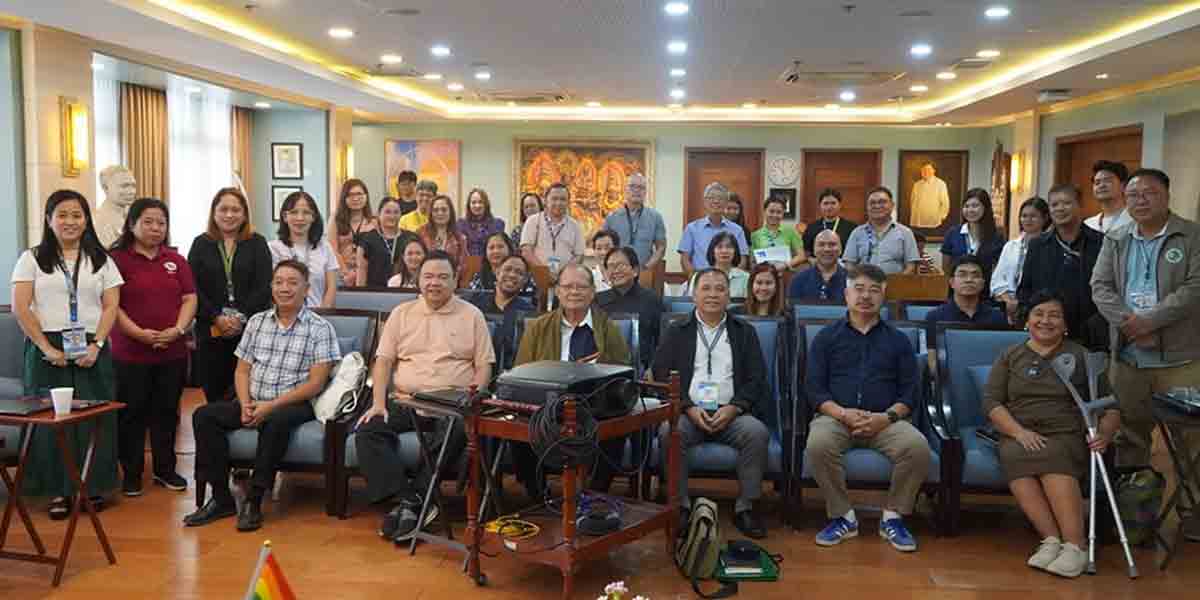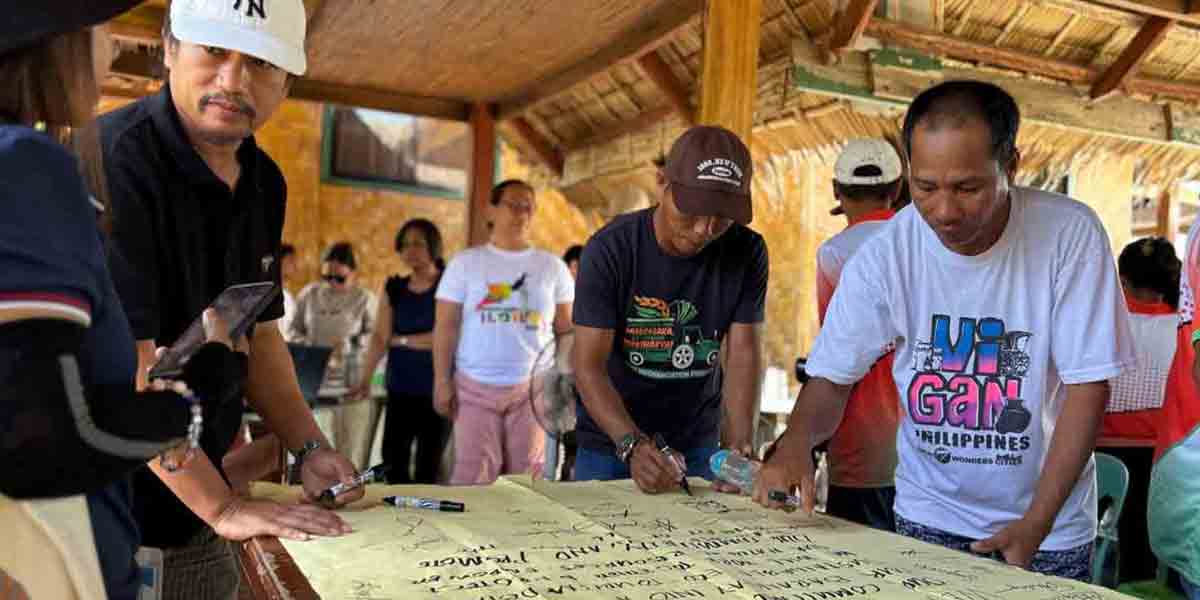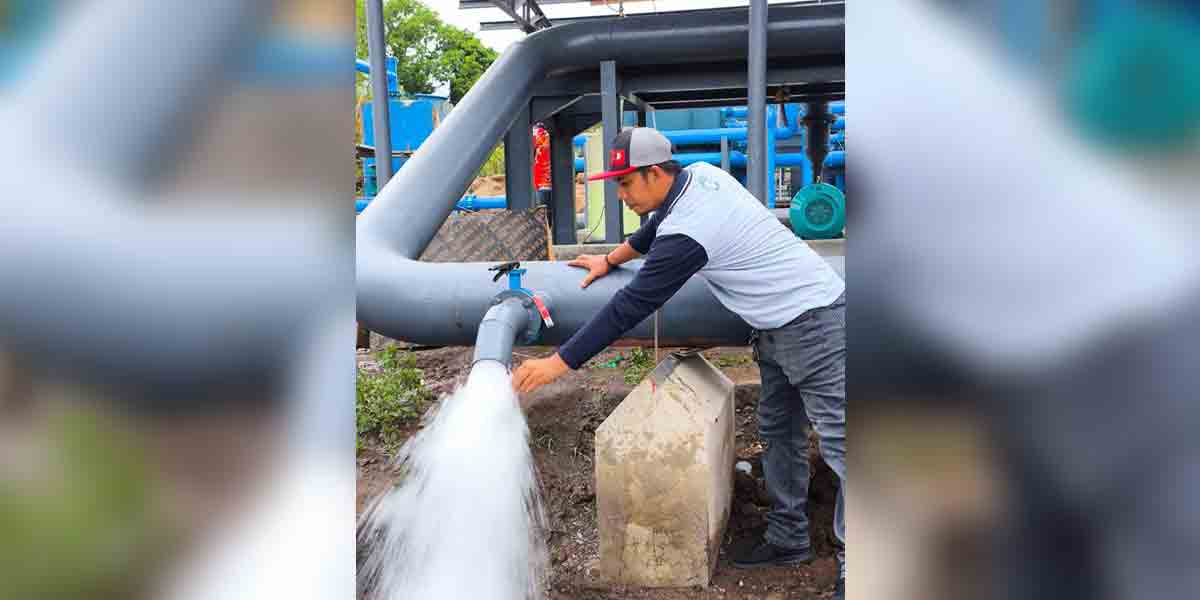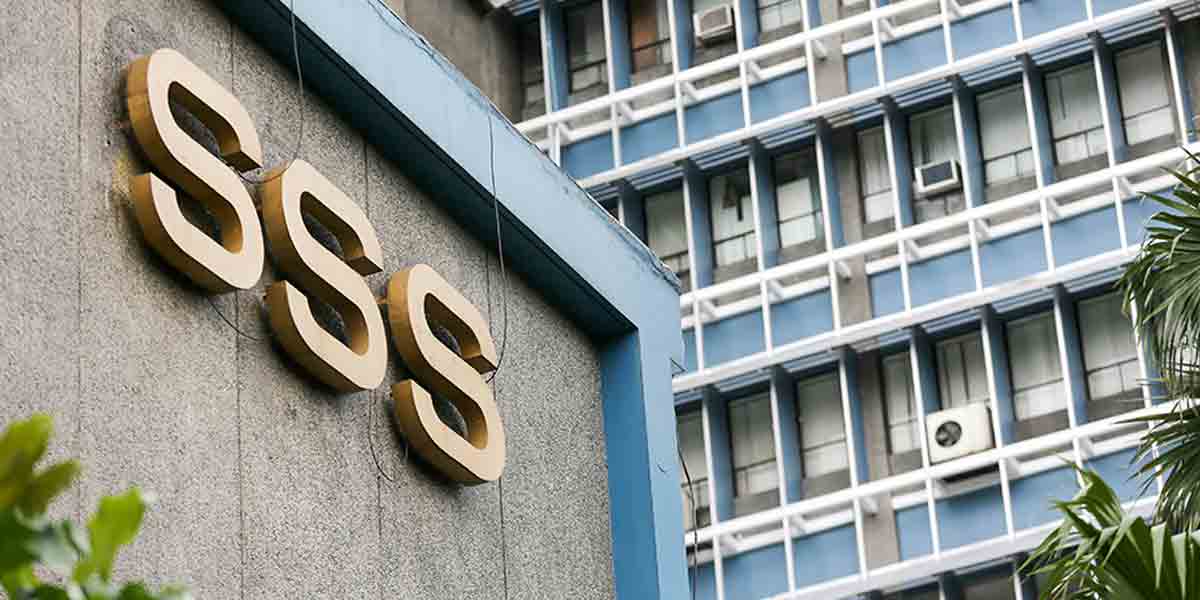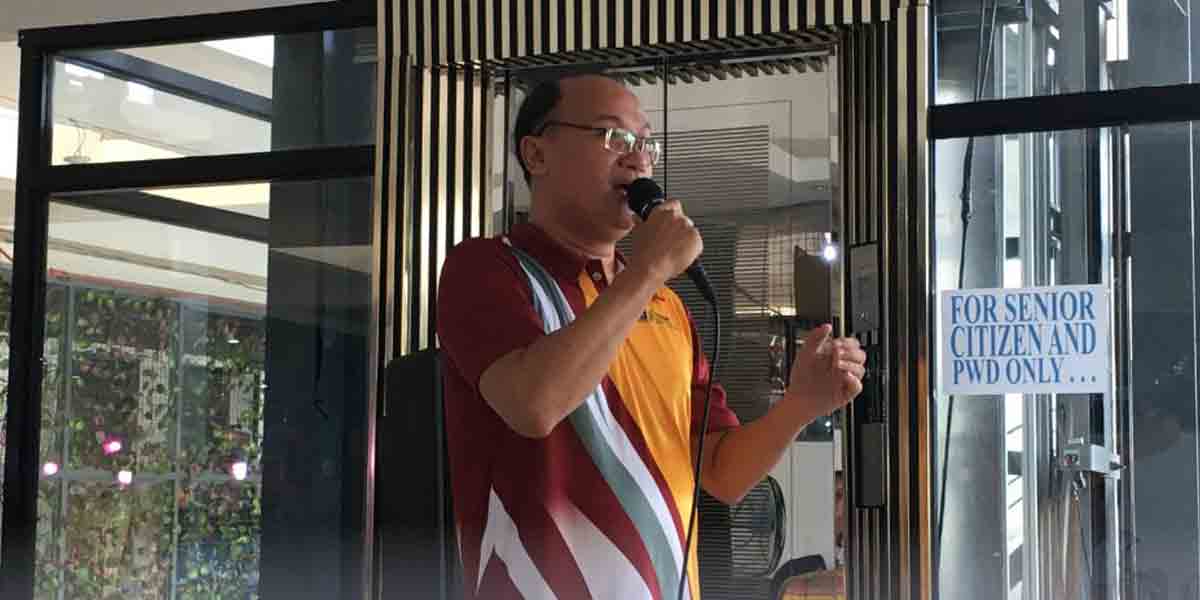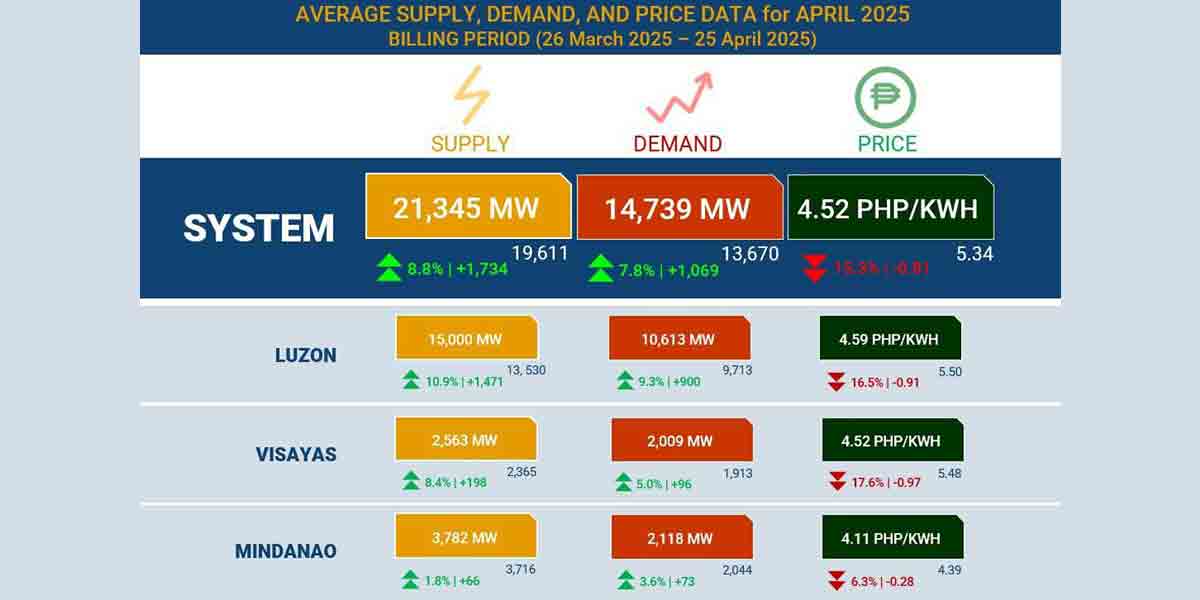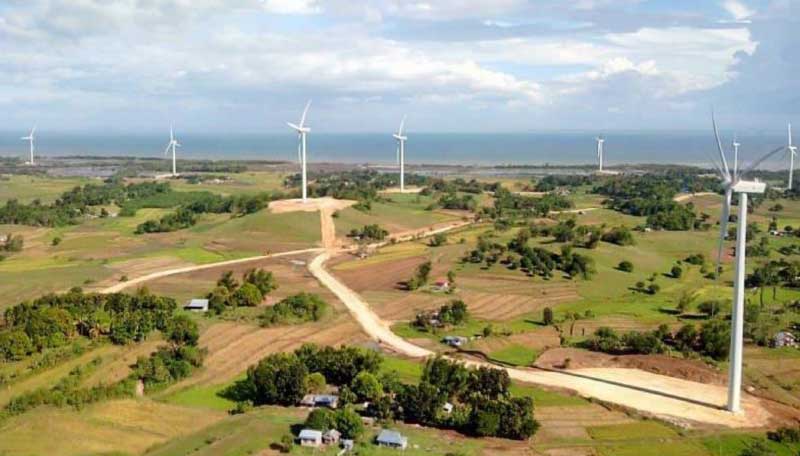
By Joseph Bernard A. Marzan
A top official of the Department of Energy (DOE) on Wednesday said that transitioning to renewable energy (RE) would take some time, citing regulatory requirements on infrastructure and procurement.
In a press conference during the Regional Development Council (RDC)-6’s second quarter meeting, DOE Undersecretary Rowena Cristina Guevara explained that they are pushing for the ‘Smart and Green Grid System’.
This system would entail not only the use of renewable energy but also more advanced technology capable of mitigating possible unforeseen issues arising in the grid.
She added that with Western Visayas’ 28 percent RE reliance since 2021, and the ongoing developments undertaken by the national government, the agency’s 35-percent target by 2030 and the 50-percent target by 2040 would be possible.
Renewable energy such as wind and solar are intermittent or irregular in terms of supply as these are dependent on the availability of wind and sunlight. Thus, a special transmission system must be in place to avoid power supply interruptions.
“Renewable energy is intermittent and has variability, so the transmission lines have to be able to reconfigure when, for example, there’s disconnection in the north, and there are clouds, it would need to get [energy] from the south,” Guevara said.
“That smartness takes time to build. The construction of transmission lines starts with the [acquisition of] right of way and ends with the installation of cables, [and] that takes about 3 to 5 years. Because of that, we have lead time to build the backbones first, and renewable energy should follow. We could reach 50 percent by 2040,” she added.
Renewable energy projects eyed in the region in the near future include inland and floating solar, and onshore and offshore wind facilities.
Danish-owned firm Copenhagen Infrastructure Partners will be pursuing three offshore wind energy projects worth $5 billion, one of which will be situated in Western Visayas.
Guevara said the greatest roadblock to RE development in the country was the length of time to approve permits to develop RE facilities.
“There are permits from the central government, permits from the local government, [and] there are permits up to the barangay. This takes time, like getting right of way,” she said.
Guevara said financing is not a problem, citing that international financial institutions such as the World Bank and the Asian Development Bank have been providing low-interest rates for RE-related loans and were no longer awarding loans for coal-related projects.
But a Philippine Center for Investigative Journalism (PCIJ) report in March 2023 revealed that local financial institutions showed hesitancy to shift financing to RE development firms.
Citing DOE and Bangko Sentral ng Pilipinas data, it was reported that coal-fired power plants in the country increased power generation to more than 60,000 gigawatt hours between 2014 to 2021, at around the same time that loans extended for electricity, gas, steam, and air-conditioning supply increased from ₱435 billion to ₱1.056 trillion.
The PCIJ report also indicated that the state-run Land Bank of the Philippines only started its RE Lending Program in 2015 and the Rizal Commercial Banking Corporation (RCBC) announced only in 2020 that it would no longer fund new coal energy projects.
The International Finance Corporation (IFC), the private sector arm of the World Bank, was founded by the Philippine Movement for Climate Justice in 2017 to have funded 19 coal power plants in the Philippines through the RCBC.
RCBC in 2022 made a later statement that it will phase out lending to coal-fired power plants by 2031.
Other banks including the Bank of the Philippine Islands, BDO Unibank, and Security Bank have likewise made commitments to either reduce or halt coal financing between 2032 and 2033.
Conservation and environmental science news platform Mongabay also reported in 2020 that while the DOE had declared a moratorium on new coal-fired power plants, it allowed already-approved projects to be built.
“The appetite of the [financial] institutes for [RE] is so high because they can no longer fund coal [projects]. All the banks are giving low-interest rates to [RE] projects. For example, some of our development partners like the World Bank and the [Asian Development Bank], have been giving very low-interest rates to RE developers, so funding is not a problem,” she remarked.
The undersecretary also underscored the requirement for distribution utilities (DUs) to increase reliance on RE by 2.52 percent annually under the Renewable Energy Portfolio Standards (REPS).
She said that DUs in the region may contract 228.43 megawatts (MW) or 28.65 percent of their uncontracted requirements with RE providers to fulfill their REPS requirements.
DUs in Western Visayas currently have Power Supply Agreements with coal-fired power plants despite all the power having to go through the national grid facilities.
Engineer Gaspar Escobar, division chief of the Technical Services and Management Division of the DOE’s Renewable Energy Management Bureau (REMB), also explained that the private sector will make the investments while the government’s role is to make the business environment more conducive.
REMB data cited by Escobar indicated that there are currently 29 RE facilities that are already operating in Western Visayas with a stored capacity of 708 MW.
There are also 68 ongoing projects comprised of hydropower, geothermal, offshore wind, onshore wind, solar, and biomass, with a potential capacity of 14,245 MW.

